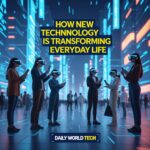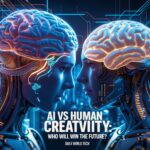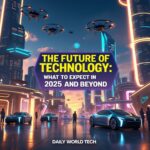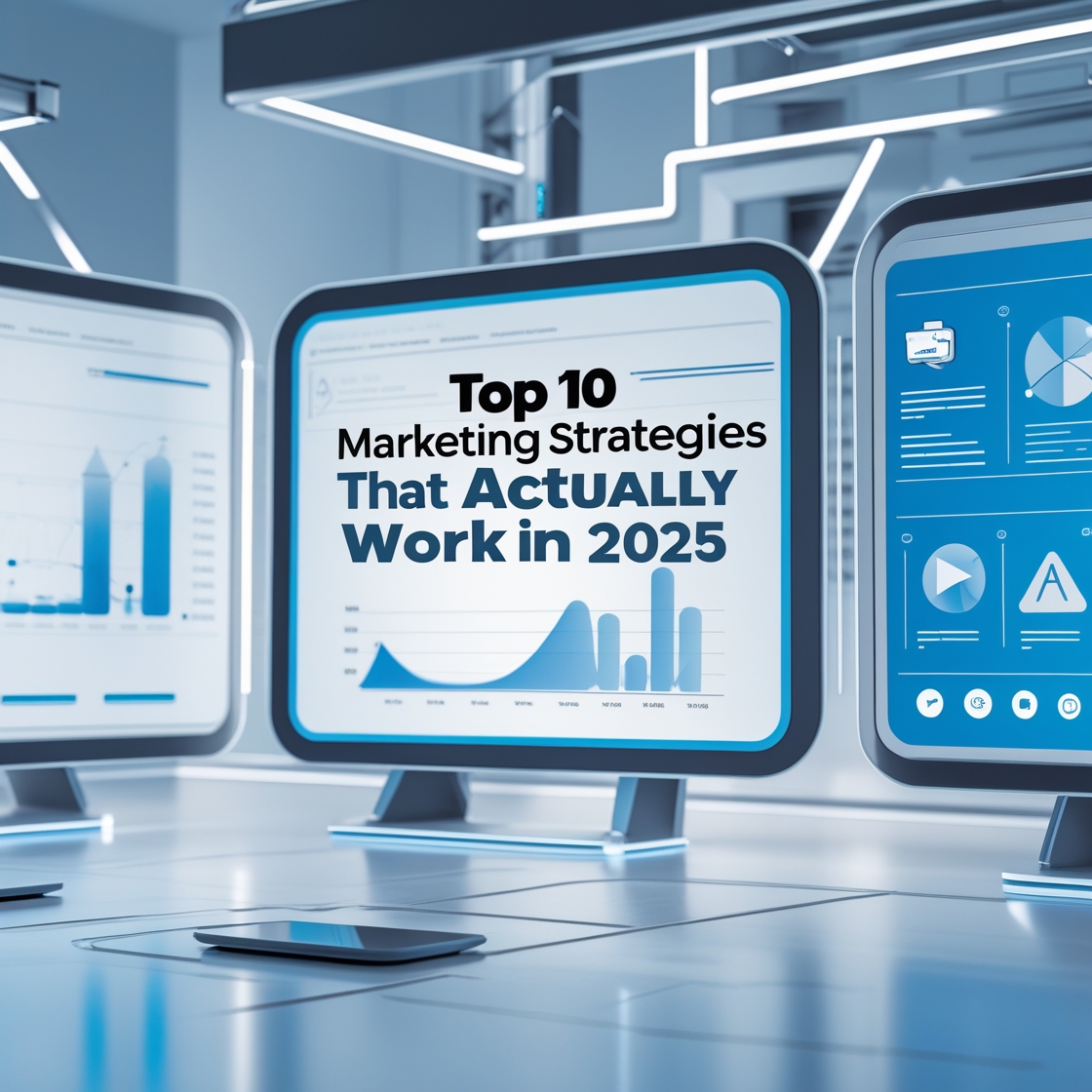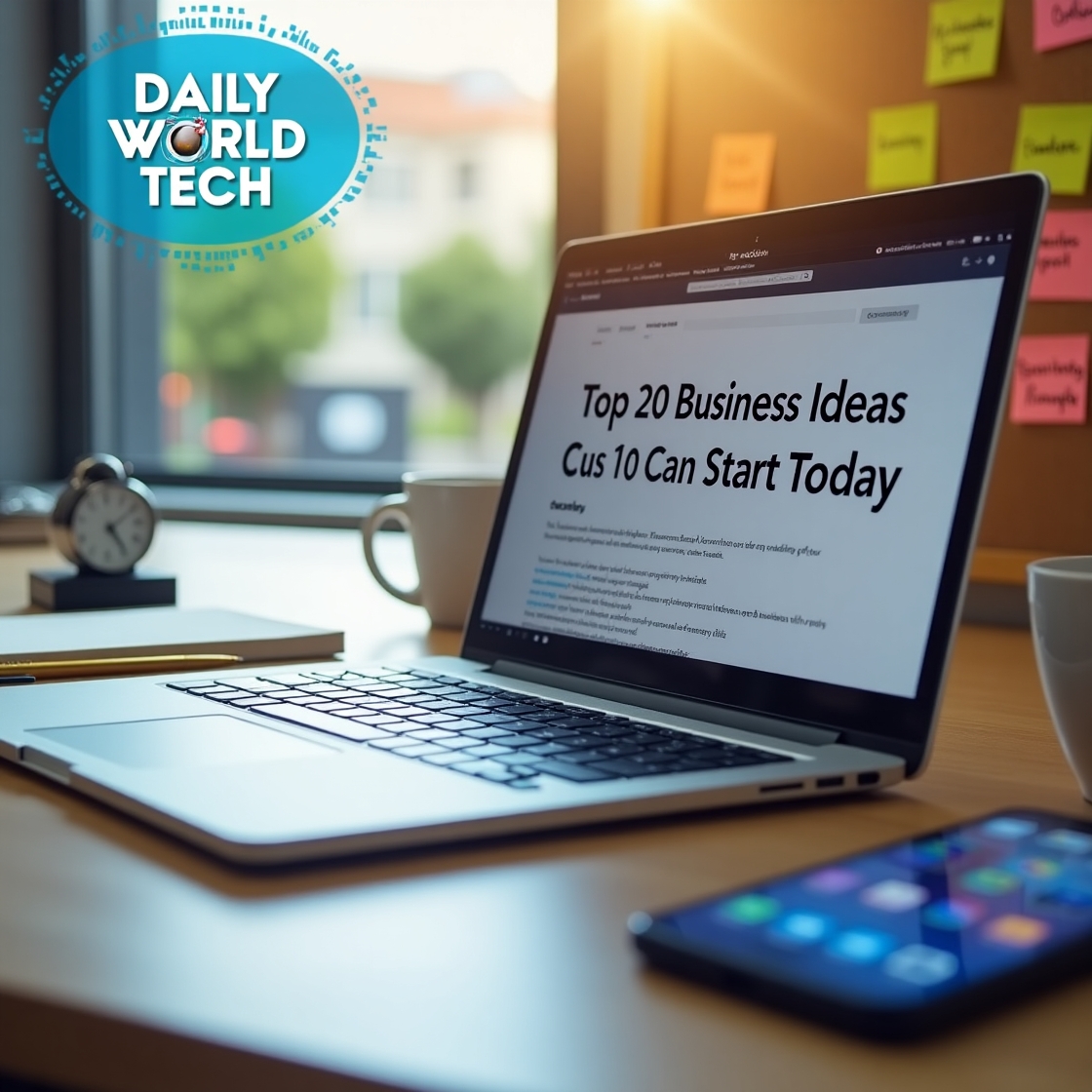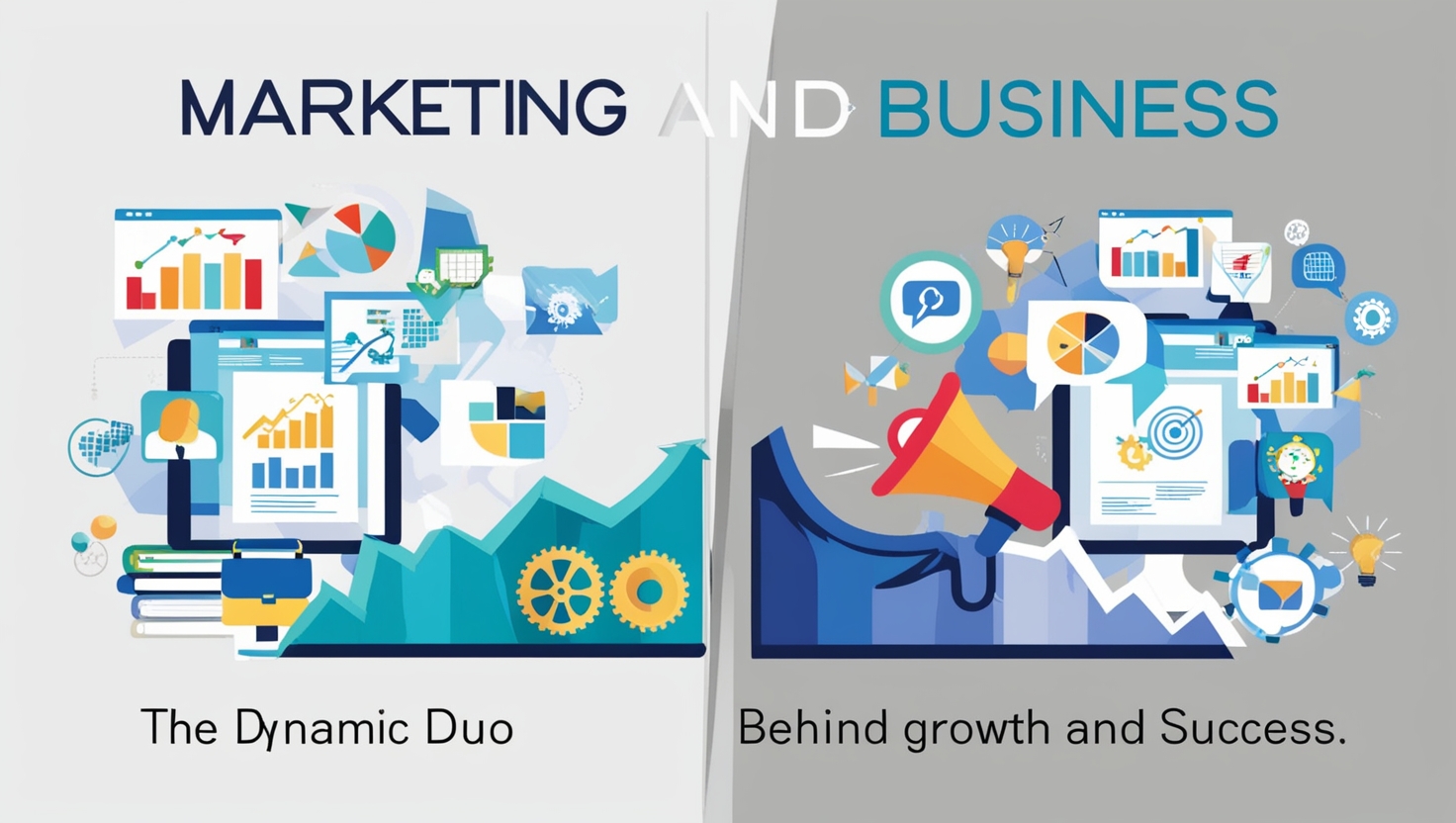As the world moves at the pace of technological changes, the marketing sector in 2025 is more dynamic, data-driven, and personal than it used to be in the past. Companies big or small need to adjust their marketing tactics according to the numerous and continuously shifting needs of their consumers.
It is not in this year that marketing is all about bombarding the wall with the combination of strategies, and that you check out what sticks there. It is a matter of clever, scalable, and customer-based methods that actually work. So don your marketing cap and get ready to indulge into the top 10 marketing strategies that are delivering the real results in 2025.
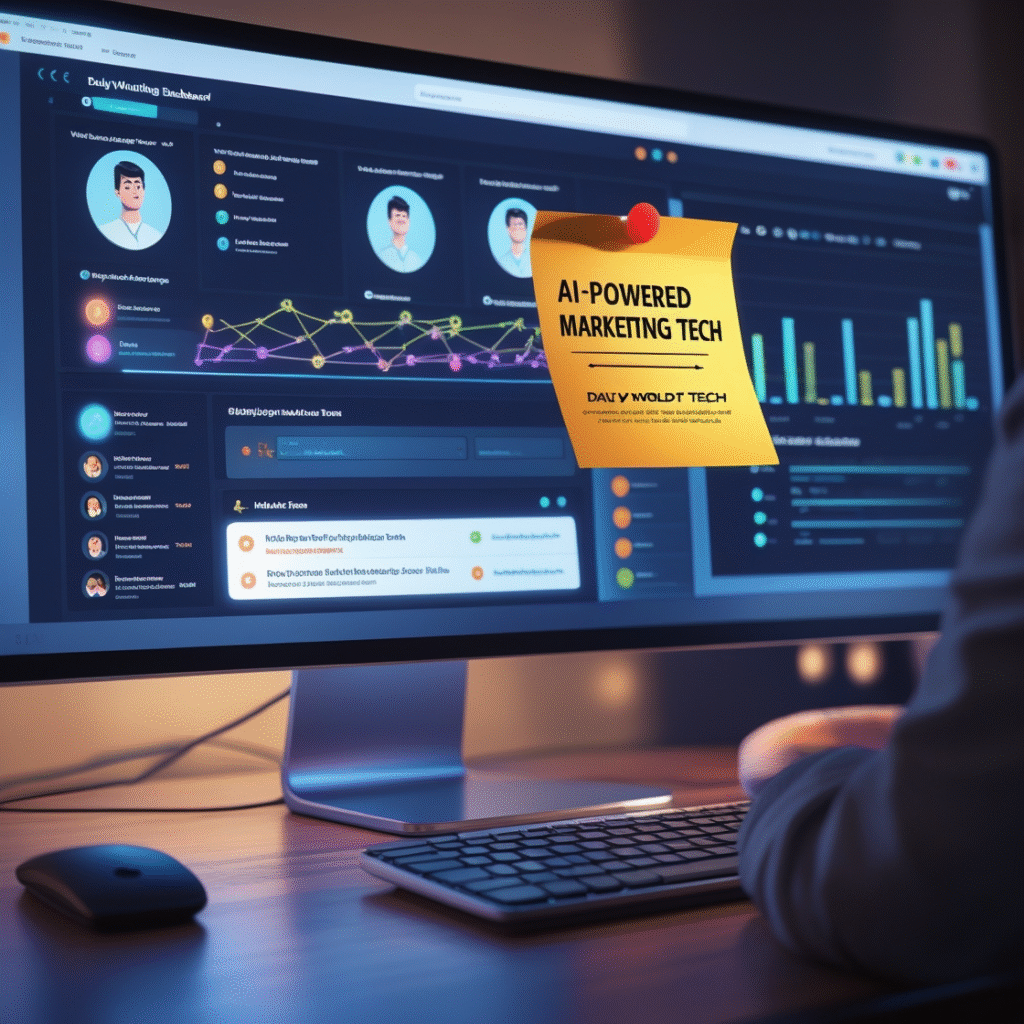
1. Hypersonalization With AI
One size fits all emails and mass campaigns are a thing of the past. Artificial intelligence (AI) powered hyper-personalization is taking the lead in 2025. With AI, brands are interpreting consumer data and serving up content, product recommendatory, and communication specific to each person, behavior, and expressed preferences and buying behaviour.
An example of this would be e-commerce where AI is being used to suggest products one is most likely to purchase due to use history, prior purchases, and even mood signals through the use of social media. Email programs have now got the capability to include dynamically generated content blocks whose outcome is dependent upon the profile of the recipient.
The amount of personalization is not only engagement-enhancing, but also a crucial ingredient to forming trust and loyalty, which makes it so fundamental to modern marketing.
2. VSEO
Having voice assistants such as Alexa, Google Assistant, and Siri as an inseparable part of life, the voice search optimization comes to the forefront in 2025. The subjects are finding themselves wanting to communicate orally as opposed to keying their information in search engines when multi-tasking or on the fly.
Marketers are already writing in a way directed to answering conversational questions. This involves the use of natural language, long-tail keywords, and FAQ-like structure of content that directly responds to the queries in the voice search.
Voice search optimization is resulting in better visibility and local search interaction, and it is opening up greater fraction of performance in mobile and smart devices that have been recorded in businesses.
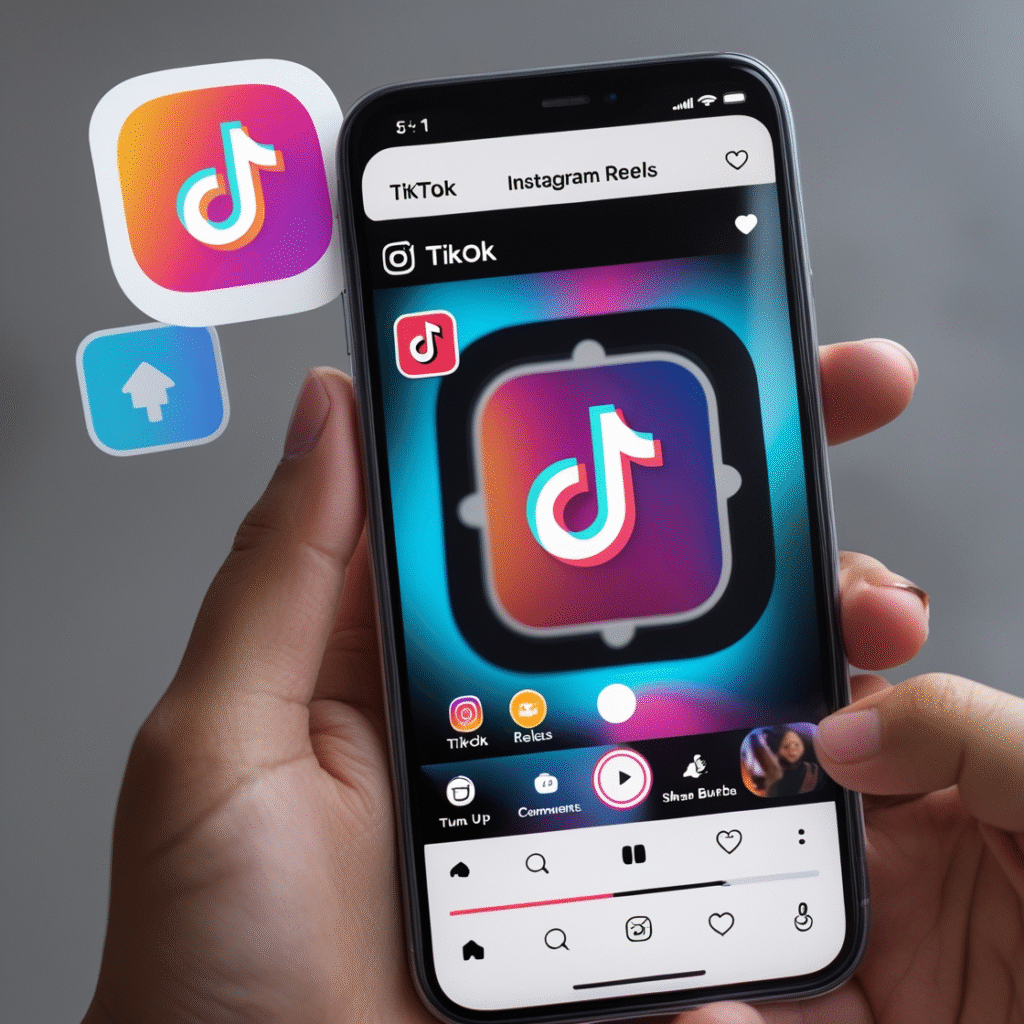
3. Short-Form Video Marketing
With the help of such platforms as TikTok, Instagram Reels, and YouTube Shorts, short-form video content has become one of the most efficient marketing tools in 2025. These fast, bite-sized videos are immediately noticeable and known as high impact messages.
One of the ways brands are capitalizing on using short-form videos is:
- Demo the products
- Send slap-up tips or tutorials
- Relate customer success stories that are brief
- Introduce new products in an interesting manner
The strength of this strategy is that it can go viral, raise immediate interest, and increase engagement and brand awareness substantially, particularly, in Gen Z and Millennials.
4. Green and Take-Out Branding
In 2025 you must not only sell something, but you must also have a stand. Gone are the days when customers valued brands that were secretive, environmentally, and socially irresponsible.
Companies are turning in sustainability as part of their brand story, but no longer as a fad but as a philosophy. That includes employing sustainable materials in their packaging, promoting moral labor standards, and investing in such a cause as climate change, education, or diversity and inclusion.
These endeavors are promoted in the marketing campaigns based on storytelling, social proof, and community participation so that consumers could feel good about the products which they are buying and about the companies that they are buying it.
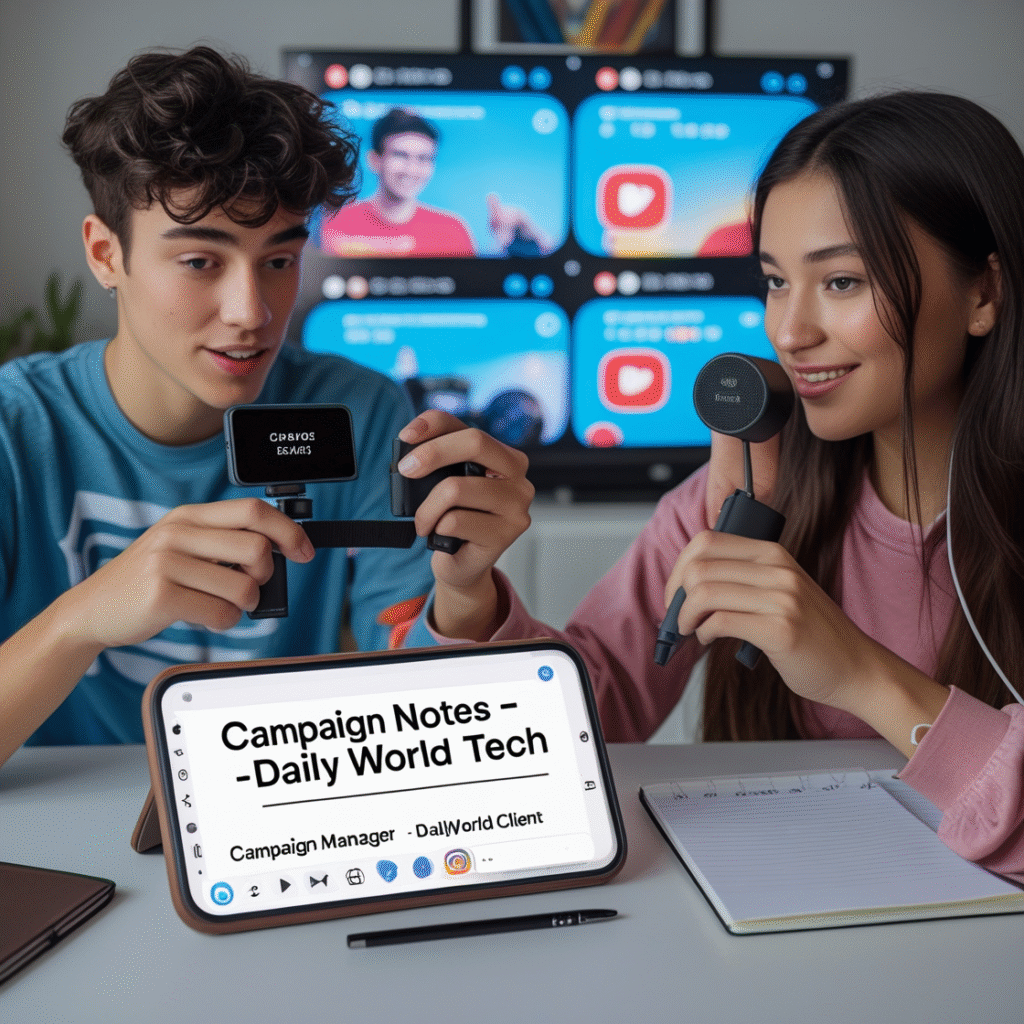
5. Micro and Nano Influencer Partnerships
This is no longer the stage of celebrities and mega influencers only. Micro and nano influencers have claimed to be at the center of stage in 2025 with their niche and highly targeted followers.
Such influencers tend to be more trusting, authentic, and better interacted with the followers. Today, some brands are engaging in long-term relationships with micro-influencers to collaborate on creating content and on earning credibility and creating real user-generated content (UGC).
The ROI of these partnerships is enormous since the content seems less like an ad, more organic, and connects well with the new consumer who lives in the era of smarter consumers.
6. Omnichannel Marketing Experience
The key to success is that the brand experience will be kept the same at every touch point in 2025. Consumers are now migrating device-to-device, platform-to-platform, offline-to-online, and vice versa in the transition to a world of fluid experiences that they demand everywhere.
A successful omnichannel strategy contains:
- Shared customer data in multi-platforms
- Uniformity of the message in websites, mobile apps, social media, and physical stores
- Channel specific CRM
As an example, one customer can view an advertisement of a product in Instagram and visit a mobile site to research the product before making a purchase in-store which would ensure a continuous brand voice and experience.
The brands adopting this strategy are experiencing increased engagement, retention, and customer lifetime value.
7. Activating Content and Experiences
Now consumers prefer not to be recipients of a content, they want to engage in it. In 2025, it can be seen that the popularity of interactive content such as quizzes, polls, 360-degree videos, AR experiences, and interactive infographics is increasingly growing.
This type of content raises the dwell time, the engagement rates, and the sharing rates. It has also given good information regarding user preferences and behavior.
For example:
- A skin analysis quiz can be used by a skincare brand to suggest the products
- An automobile firm can introduce an AR showroom where one can experiment a vehicle in virtual mode
It leaves unforgettable impressions and produces more emotional bonds with the brand.
8. Privacy-It Teaming Up with First-Party Data and Marketing
As third-party cookies are about to be phased out and more countries and regions create regulations regarding data privacy (such as the GDPR or the CCPA), companies are turning towards first-party collection of data.
First-party data is gathered first hand by customers via:
- Interactions via web sites
- Subscriptions through email
- Surveys
- Loyalty programs
- Usage of apps
Some marketers are already betting on the Customer Data Platforms (CDPs) to consolidate and classify this data so that justifiable targeting can be performed without violating the standards of privacy. It is not only a strategy that makes compliance but it also makes personalization and increases the effectiveness of the campaign.
The factor of respecting consumer privacy, combined with transparent use of their data, has now been the competitive advantage in 2025.
9. Community Building for UGC
UGC remains to be the most powerful marketing method as of 2025. People have more trust regarding content that was developed by real people: photos, videos, reviews, or testimonials rather than pro-brand promotions.
Brands are going to an extent of urging their customers to:
- Write about product on the social media
- Design unboxing or demonstration videos
- Sign up in challenges or contests through hashtag
The brands in turn can use this in marketing materials, product pages or even email campaigns. Such an approach does not only create a reputation but provides nourishing a community around the brand.
Also, online communities, such as Facebook Groups, Discord servers, or brand-sponsored forums, assist firms in obtaining feedback, addressing the problems, and keeping the audiences engaged at a great level.
10. Chatbots and Messaging Chats Conversational Marketing
By 2025, the stakeholders anticipate immediate feedback. A conversation marketing through an AI-powered chatbot, WhatsApp Business, Facebook Messenger, or live chat has become a must.
Under this approach, brands are utilizing this to:
- Real time functionality to answer customer queries
- Take patrons through the sales funnel
- Make individual product suggestions
- Passive acquisition of lead information
Chatbots today are more human like and also very intuitive as they can handle complex queries easily. They are also connected with CRM and eCommerce systems and thus transactions can be made in the chat interface.
Such a plan maximizes conversion, minimizes the bounce measurements, and improves the satisfaction levels of customers, most notably those who do not like to call or send emails and use texting instead.



